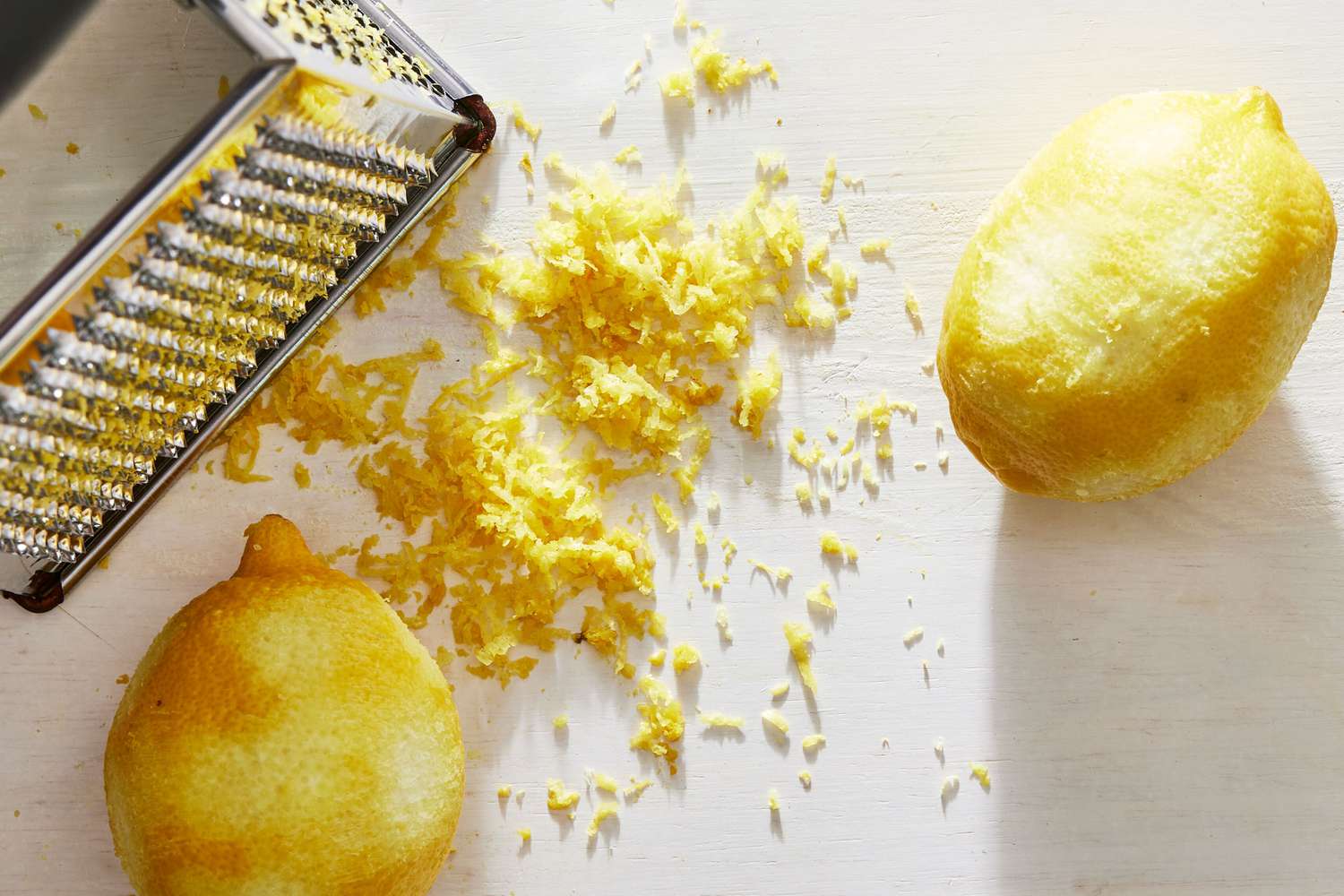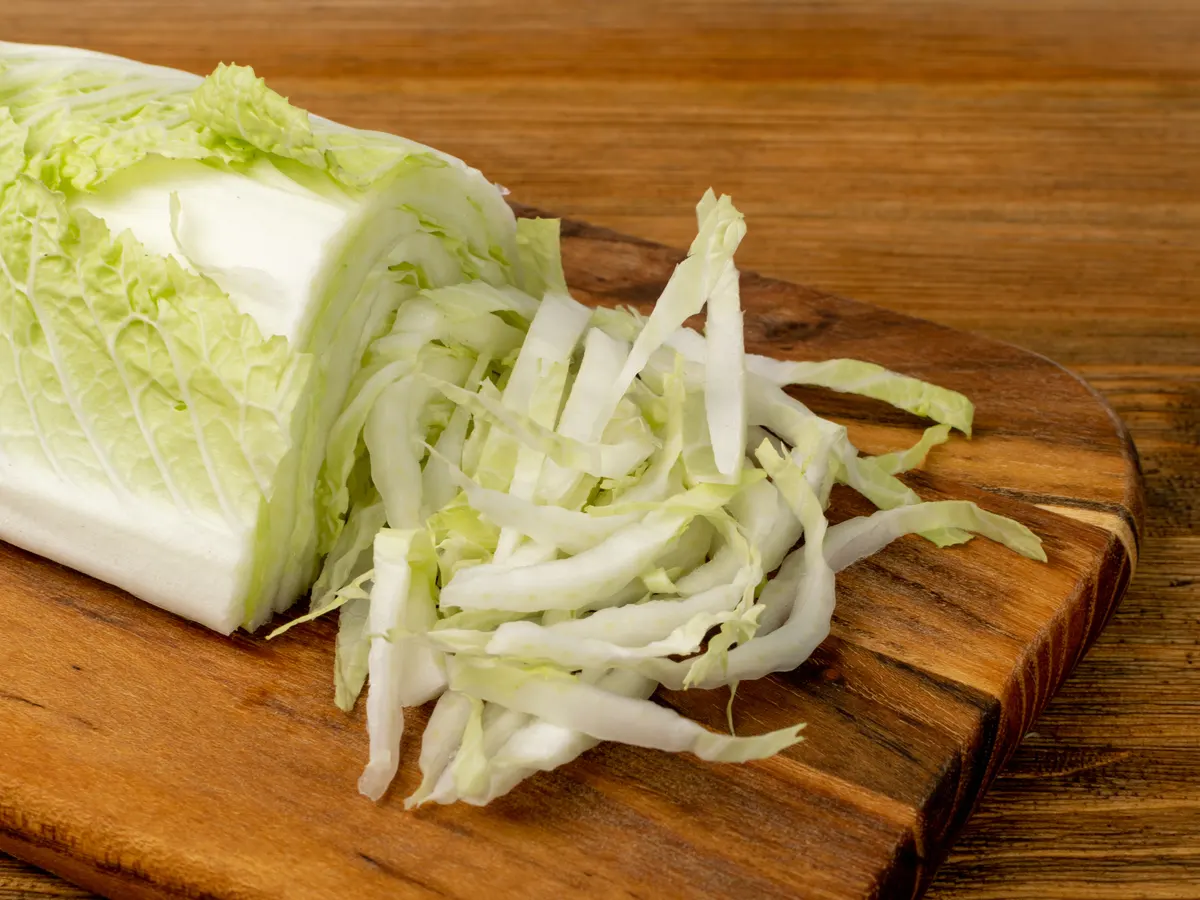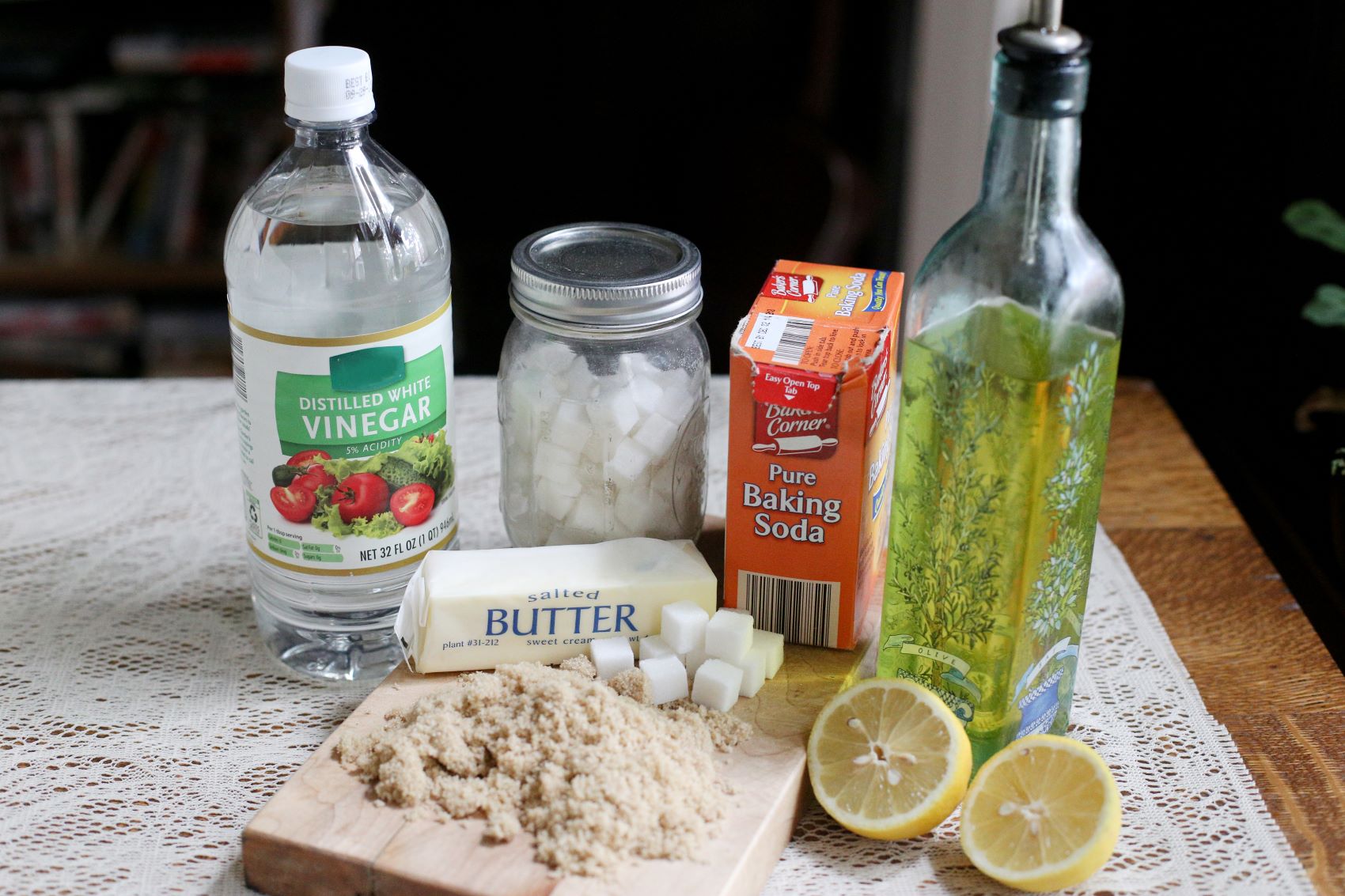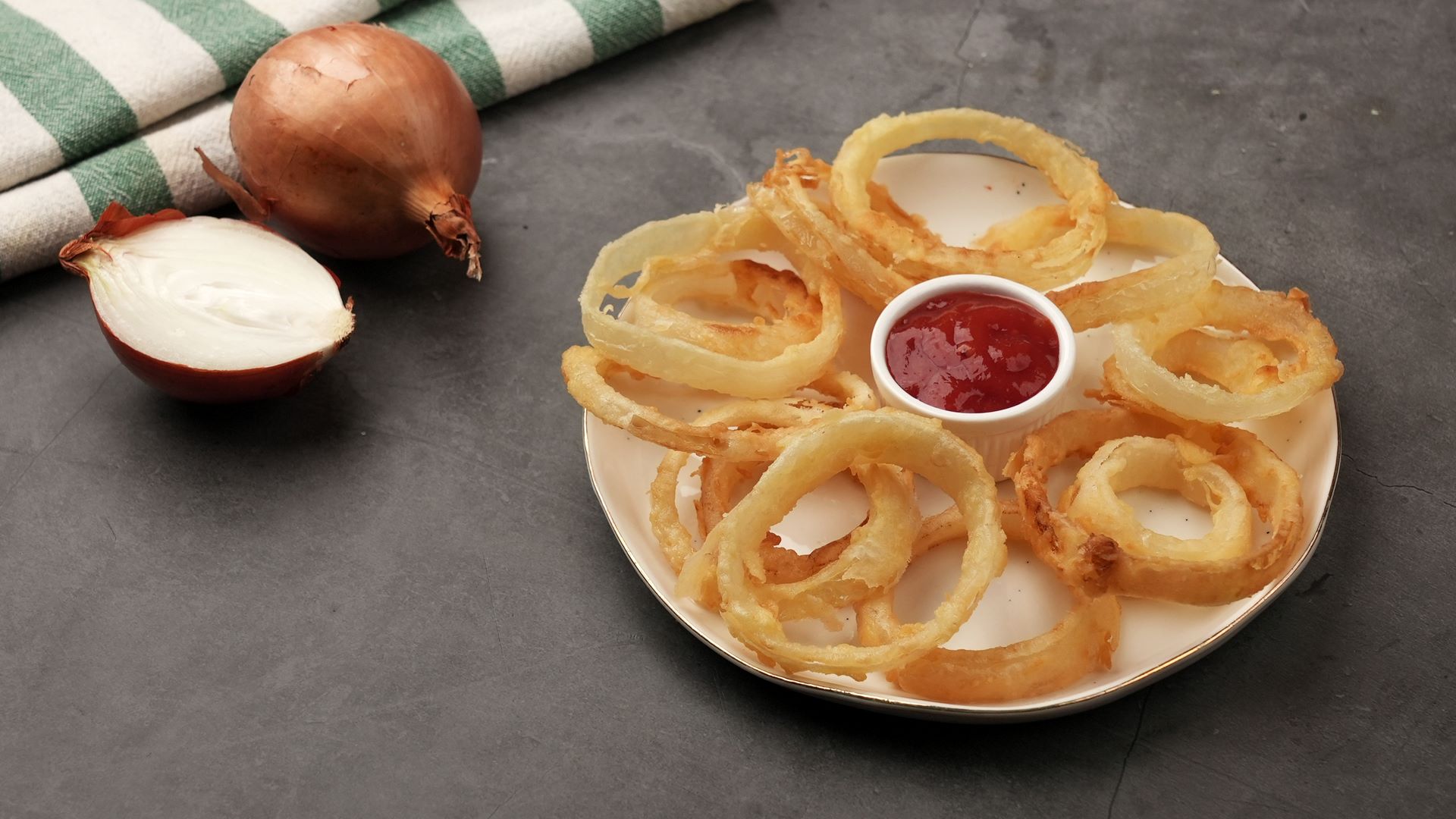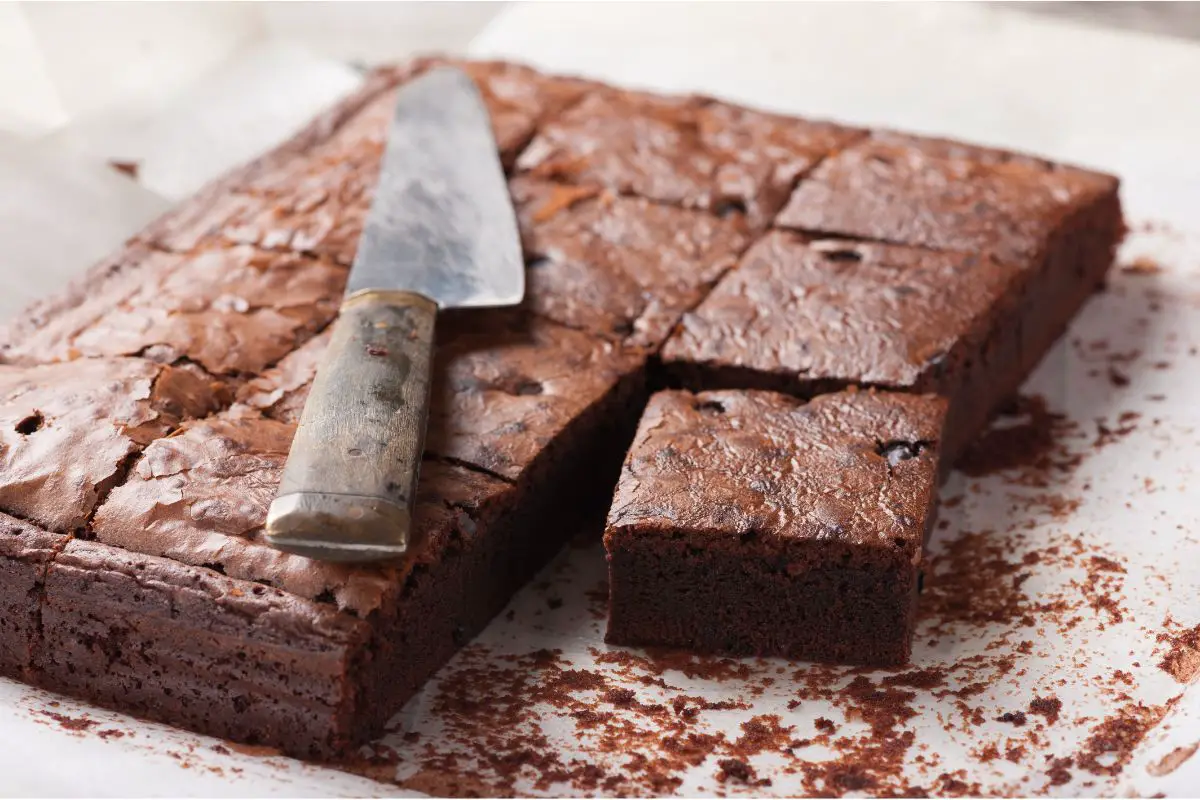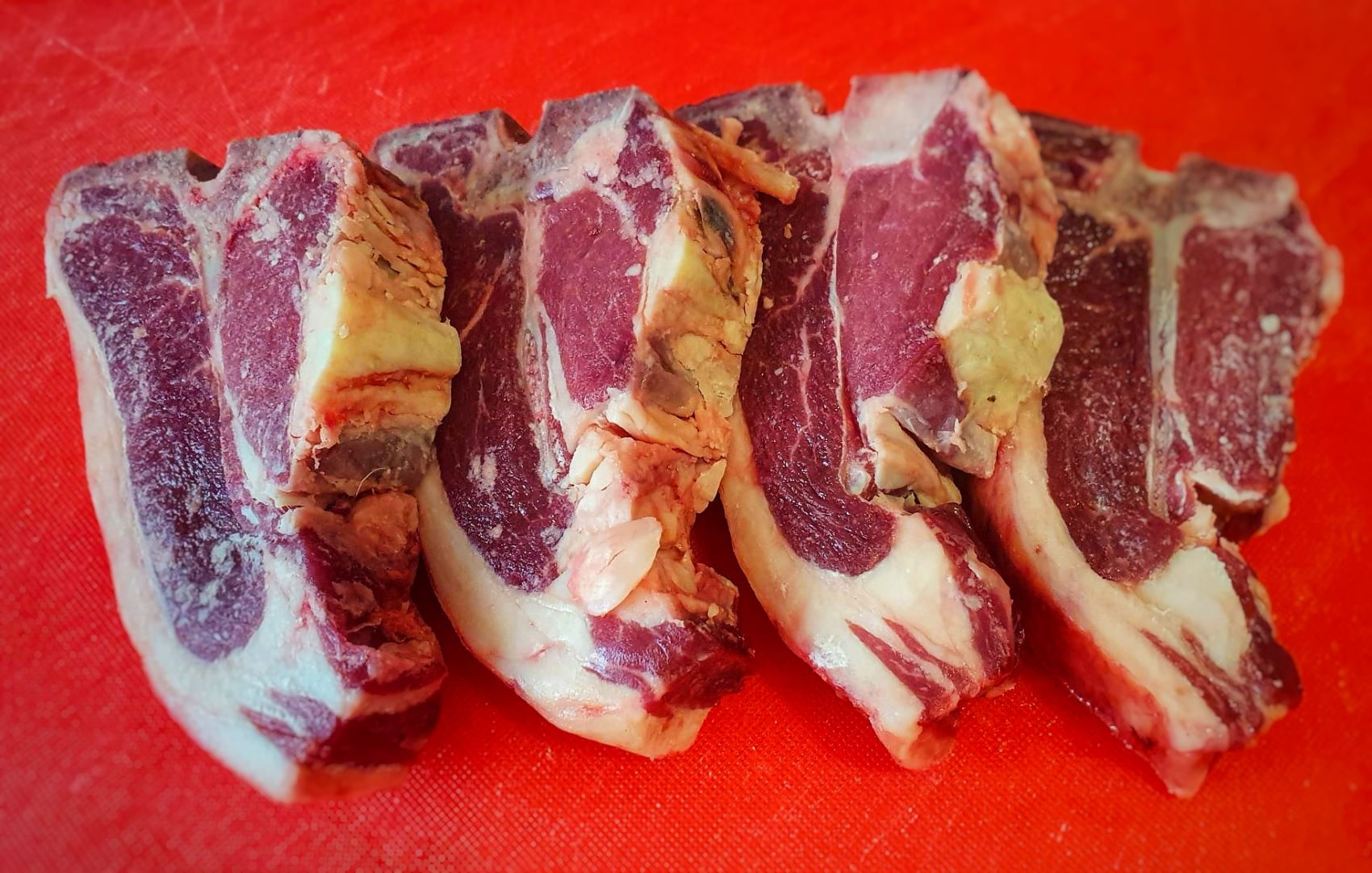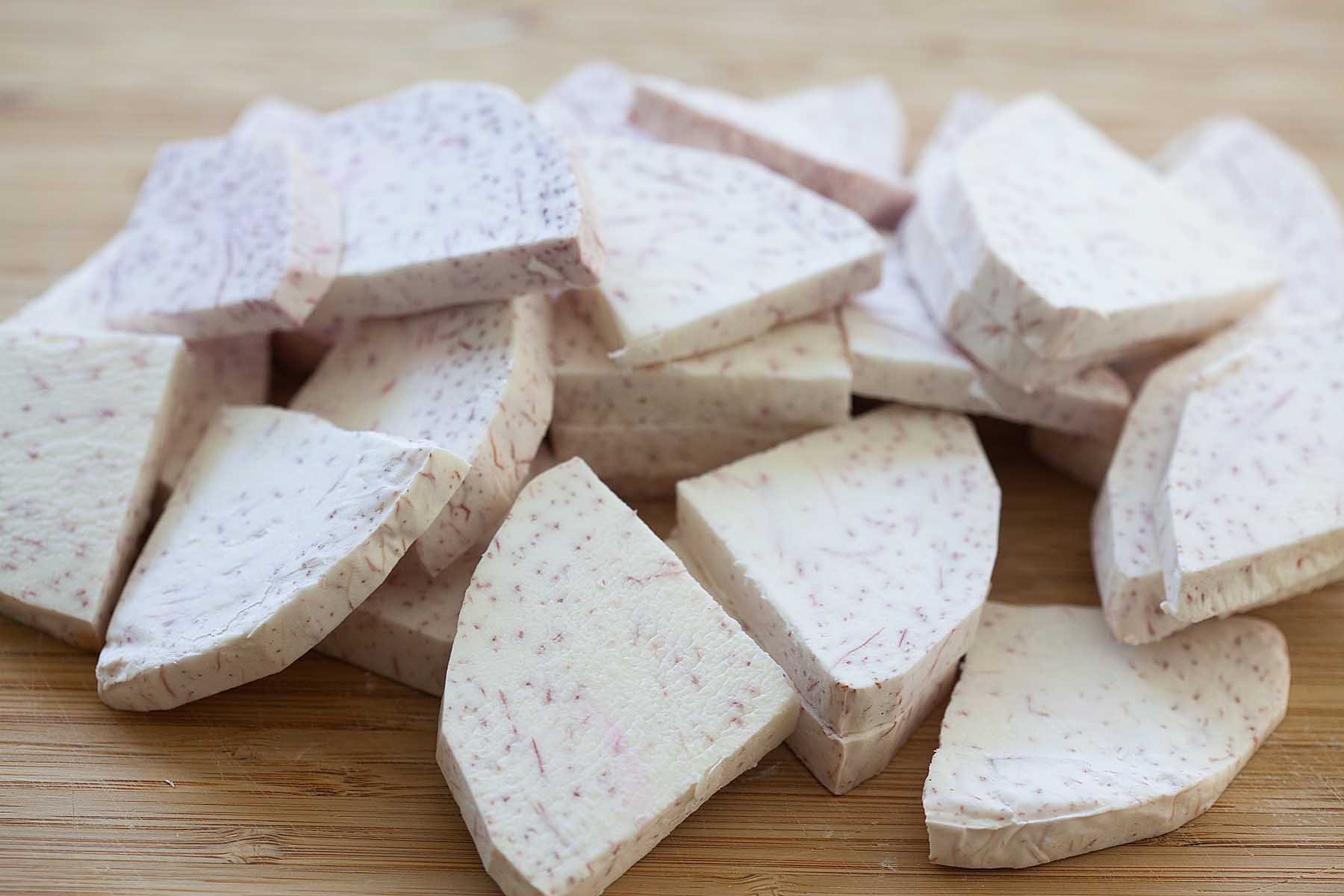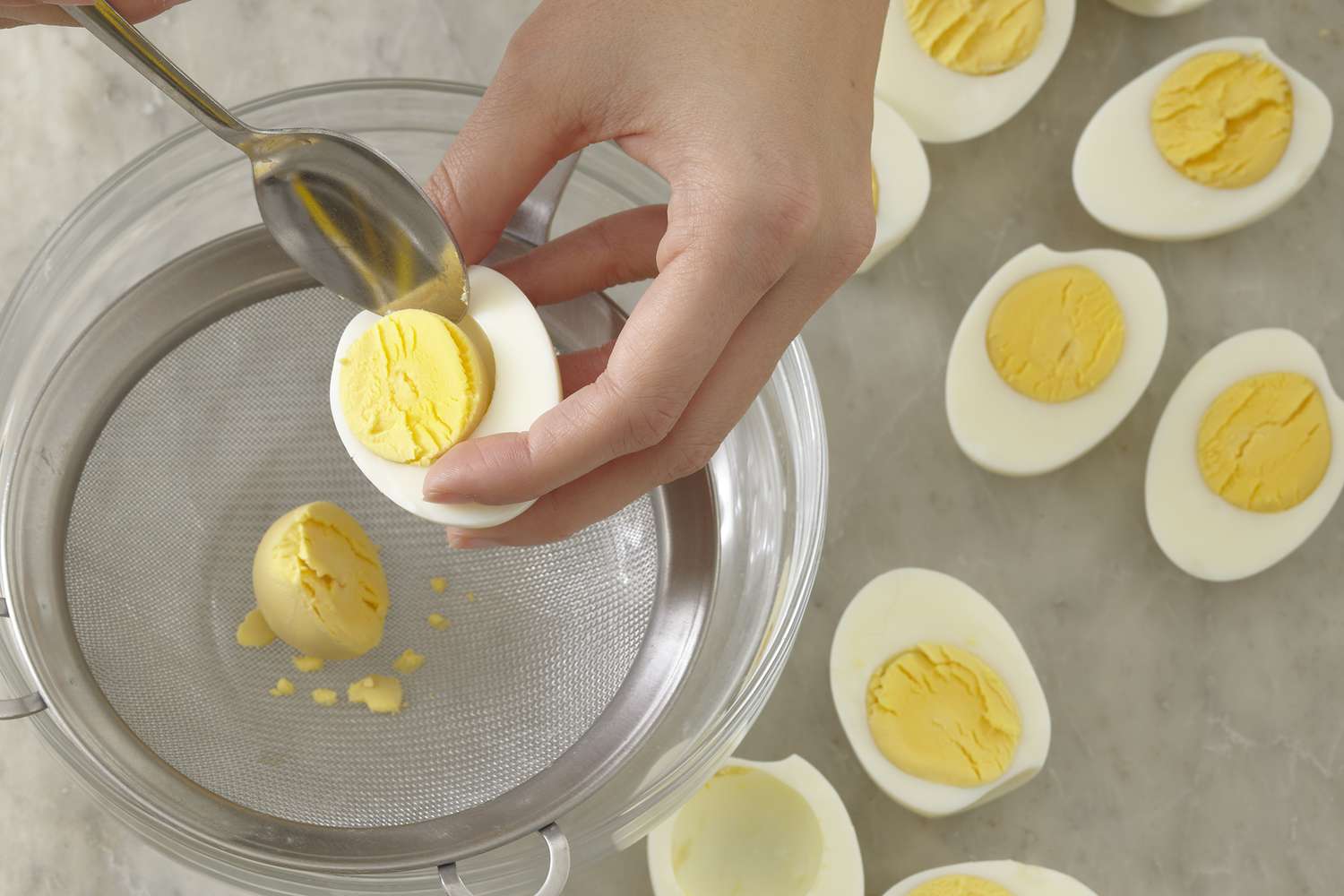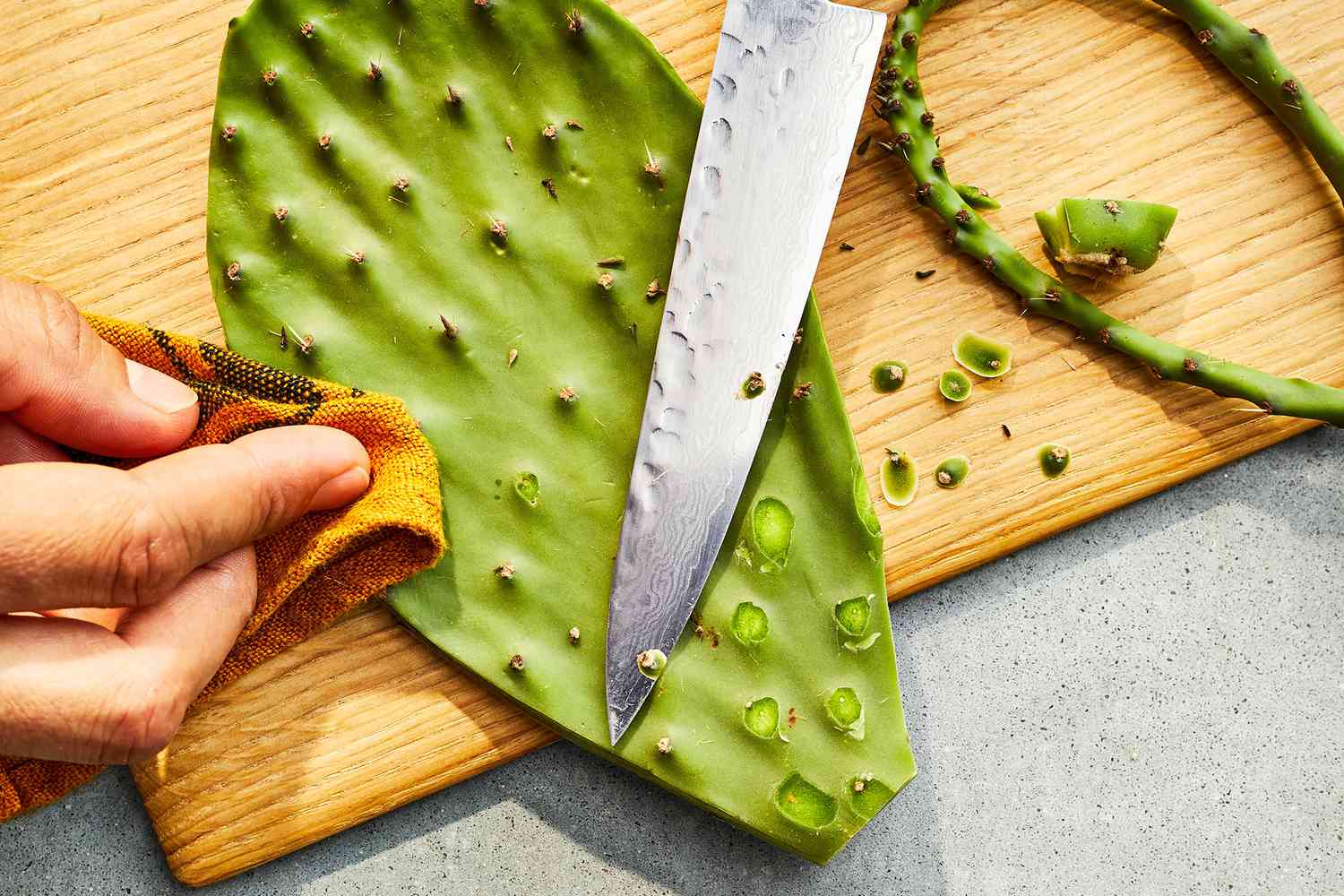How To Cut Fish Fillet: A Step-by-Step Guide
Whether you’re a seasoned chef or a cooking enthusiast, knowing how to properly cut fish fillet is an essential skill in the kitchen. With the right technique, you can ensure that your fillets are evenly sized and ready to be cooked to perfection.
Follow these step-by-step instructions to master the art of cutting fish fillet:
1. Start with a Fresh Fish
The first and most important step in cutting fish fillet is to begin with a fresh fish. Look for bright, clear eyes and shiny skin. The flesh should be firm to the touch, and there should be no unpleasant odors. Opt for a fish that suits your taste preferences and recipe requirements.
2. Gather Your Tools
Before you begin, ensure you have the right tools for the job. You’ll need a sharp fillet knife, a cutting board with a non-slip surface, and a towel or paper towels to keep the fish dry. Having these essentials on hand will make the cutting process much easier and safer.
3. Scale and Gut the Fish
Before filleting the fish, it’s important to scale and gut it properly. Use a fish scaler or the back of a knife to remove the scales by gently scraping from tail to head. To gut the fish, make a small incision near the tail and carefully remove the internal organs.
4. Remove the Head and Fins
Next, use your fillet knife to remove the head and fins of the fish. Make a clean cut just behind the pectoral fins to remove them, and then cut just behind the gills to remove the head entirely. Discard these parts or save them for making fish stock or broth.
5. Start Filleting
Place the fish on the cutting board with its belly facing up. Start the filleting process by making a shallow incision just behind the pectoral fin and cut along the backbone towards the tail. Use smooth and controlled movements to guide the knife along the spine, separating the fillet from the bones.
6. Remove the Pin Bones
Once you’ve removed the fillet from one side of the fish, check for any small pin bones that may be remaining. Use a pair of tweezers or fish pliers to carefully remove these bones, ensuring a bone-free fillet.
7. Repeat on the Other Side
Flip the fish over and repeat the filleting process on the other side. Use the same technique of following the backbone, carefully separating the fillet from the bones. Remove any remaining pin bones as needed.
8. Rinse and Dry the Fillets
After filleting, rinse the fillets under cold water to remove any remaining scales or debris. Pat them dry with a towel or paper towels to absorb excess moisture. Dry fillets are easier to handle and will cook more evenly.
9. Trim and Portion as Desired
Depending on your recipe, you may need to trim and portion the fish fillets further. Use a sharp knife to remove any excess skin or fat and cut the fillets into desired sizes. Remember to take into account any cooking time variations for different portions.
10. Store or Cook Immediately
If you’re not using the fish fillets right away, store them properly to maintain freshness. Wrap them tightly in plastic wrap or place them in an airtight container and refrigerate for no more than a day. For longer storage, consider freezing the fillets to preserve their quality.
There you have it! By following these step-by-step instructions, you’ll be able to confidently cut fish fillet like a pro. Enjoy cooking and experimenting with your freshly cut fillets in a variety of delicious recipes.
Readers looking to use their new fish filleting skills can try several exciting recipes. The Fish Tacos with Fresh Salsa are perfect for a quick and tasty meal, combining fresh fillets with zesty salsa. For a comforting classic, Fish and Chips offer a crispy and satisfying option. Those wanting a bit of spice might enjoy the Fish Fillet Curry, which brings a rich, aromatic blend to the table. If simplicity is key, the Grilled Lemon Garlic Fish Fillets highlight the fresh taste of fish with minimal ingredients. For a more elegant dish, Pan-Seared Fish Fillets with Butter Sauce feature a rich, creamy sauce that complements the delicate fish perfectly. Lastly, the Baked Fish Fillets with Herbs provide a healthy and flavorful option, ideal for a wholesome dinner.
Was this page helpful?
Read Next: How To Cut Onions Into Small Pieces

